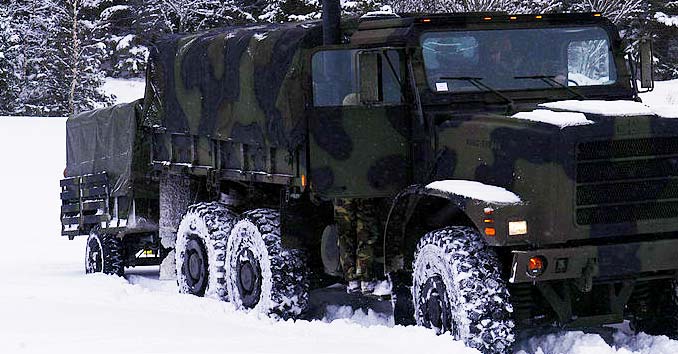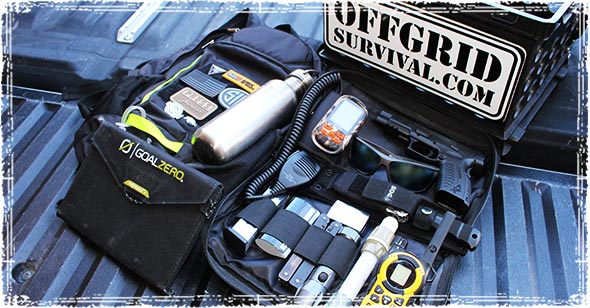Is Your Vehicle Ready for a Winter Snowstorm?

Winter weather can quickly become a problem for inexperienced drivers. In fact, according to the National Weather Service about 70 percent of winter weather-related deaths occur in an automobile. When winter weather starts moving in, you better be prepared to deal with cold-weather emergencies.
Preparedness Tips for Safe Winter Driving:
While vehicle preparedness is always an important consideration, it’s especially serious during the harsh winter months. Winter weather can wreak havoc on your vehicle, so before the weather turns bad, you need to make sure your car or truck is winter-weather ready.
Never Go Below Half a Tank

While this is always a good preparedness rule to live by, it’s especially important when driving in the winter.
Personally, I try never to let my tank fall below ¾ of a tank; but in general, you should always keep your gas tank at least half way full. The last thing you want is to get stuck in a snowstorm without enough gas to at least heat your vehicle while you wait for rescue.
Make sure you have a Vehicle Repair Kit

Having an emergency roadside vehicle kit is an important part of being prepared for anything. Having the right equipment can mean the difference between getting back on the road in one piece, and being stuck in a situation that could quickly turn ugly. Here are some of the things we suggest carrying.
Always carry a Get Home Bag

A small get home bag is an essential piece of gear that you should take with you at all times. During a winter storm emergency, your bag is your first line of defense should you find yourself in a situation where you have to walk home.
Always Carry Extra Food & Water

When determining what types of food to carry in your vehicle, look for High-calorie, high-protein foods that will help provide the extra energy that you may need during a winter weather emergency. Quick and ready to eat foods like granola bars, jerky, and high-calorie energy bars are all things that you should consider carrying in your vehicle. When it comes to water, a gallon of water per person in the vehicle is usually a good place to start.
Quick Tips and Resources:



Be the first to comment